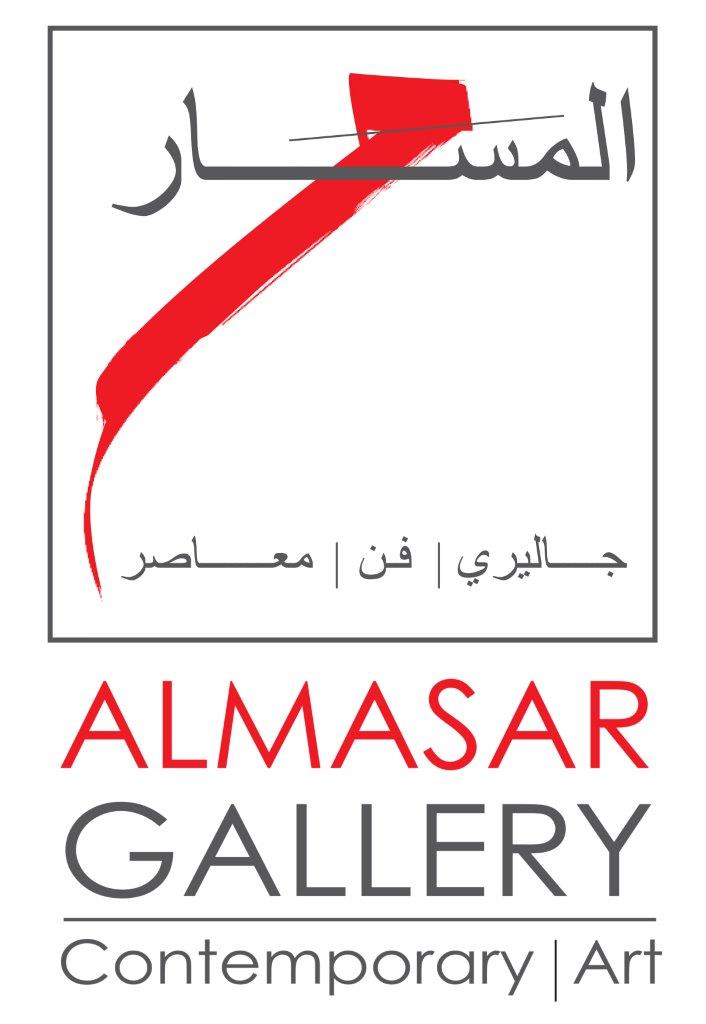Gallery Statement
Egypt has always been a fertile breeding ground for Modern and Contemporary Art. With a history that unfolds in cultural waves, even Contemporary Egyptian artists seem to be masters of cultural integration. Their blending of poetic memory has bred a vibrant art movement which is feeding into an increasingly promising Art market. The art itself is in need of nothing more than a platform to expose it, hence the founding of ALMASAR GALLERY.
Capitalizing on an experience of twenty years in the curating and promoting of Modern and Contemporary Egyptian Art, I have transformed a turn of the twentieth Century space into a unique exhibition venue. The gallery is located in the famous Behler’s Mansion in the heart of the city on Zamalek Island, a district that is well loved by Cairo’s literati as a home to a wealth of bookstores, theatres, Fine Arts and Music universities, the Opera House, the Cairo Library not to mention the National Museum of Modern Arts.
In recognition of the importance of the flux of both modern & contemporary Egyptian art, ALMASAR Gallery will provide multifunctional exhibition spaces as a platform for Egypt’s pioneering artists beginning with the landmark third generation of the Egyptian modern art movement, swiftly followed by the pioneers of the fourth generation, the innovators of the fifth and the talented and promising contemporary artists of the future.
The gallery’s first exhibition “Overture: The Third Generation” will showcase the works of three painters and one sculptor from the aforementioned third generation. Some of whom have gained international renown for translating their distinctly Egyptian vocabulary of emotion into the universal languages of abstraction and colour.
AL MASAR gallery is both the path and the trace as a cultural nexus of exhibitions and documentation to define the genuine value of modern and contemporary Egyptian art.
Al Masar Gallery | Contemporary Art presents a unique service of building a Modern and Contemporary Egyptian art collections. A service designed to meet our client’s unique needs objectively and with discretion , we are also pleased to educate and advise the collector prior to acquisition and to reappraise pieces as their value fluctuates. Such services includes: Consultation and Valuation of Modern Artworks by Egyptian Masters.
Al Masar recognizes that art, and collecting art is not only a highly aesthetic endeavor, but also a form of asset allocation, consewuently Al Masar Gallery is ready to serve art collectors and cooperates for:
- Strategic planning services tailored to the creation of an art collection or the enhancement of an existing one
- Research and development activities to source and acquire artworks across the Egyptian markets
- Transaction representation on behalf of private clients
- Auction & Art Fair representation to ensure client confidentiality
- Full support for clients selling individual pieces or an entire collection
- Comprehensive assistance with insurance, shipment from Egypt to anywhere in the world.
Al Masar Gallery for Modern & Contemporary Art
Egyptian Art Movement
The idea of modern art began in Egypt shortly after its development in Europe. In 1908 the first college of fine arts opened in Cairo, introducing the modern understanding of art as an activity distinct from craft and industry. The first students to graduate from this college are widely recognized as the pioneers of modern Egyptian art, partly because they built the founding institutions of the art world—colleges of fine and applied arts, museums, galleries, and societies and government agencies for the arts.
They also established the long tradition of government grants for young artists to study in Europe. Over the years artistic activity continued to grow as the numbers graduating from art colleges increased. New public and private spaces for producing and exhibiting art were established in Cairo and other cities.
Today there are well over one hundred exhibition spaces throughout the country , several colleges of fine and applied arts and art education, an artists’ union with over six thousand members, art columns in major newspapers and magazines, art books, art conferences and a growing art market.
Egypt hosts several international biennials and triennials, and regularly sends representatives to biennials around the world. International dialogue is further encouraged by the many government grants for artists to travel abroad, often to an immersion program at the Egyptian Embassy in Rome.
Just as pioneers from the beginning of this century laid the groundwork for much of this institutional activity , their art also set the stage for the kinds of challenges future generations would face. First, artists still have to negotiate a balance between the tremendous fame of Pharaonic and Islamic visual forms and Egyptian folk arts with the euro roots of modern art (which where originally learned from the professors who first staffed the art colleges). Furthermore, the dominance of Euro-American modern art history must often be reconciled with the desire to create art that is distinctly Egyptian.
From the 1920s through independence in 1952 and the socialist period that followed, this desire among artists had clear roots in political nationalist discourse. From the 1970s onward, however, artists have moved away from direct political expression to a more general search for Egyptian identity.
At the same time, other artists seek more dialogue with the international art scene to counteract what they see as an overly inward search for Egyptianness. Some go on to argue that “identity” itself is an imported concept that compartmentalizes artists according to national origin at the expense of their full participation as artists (not only Egyptian artists) on the international scene.
